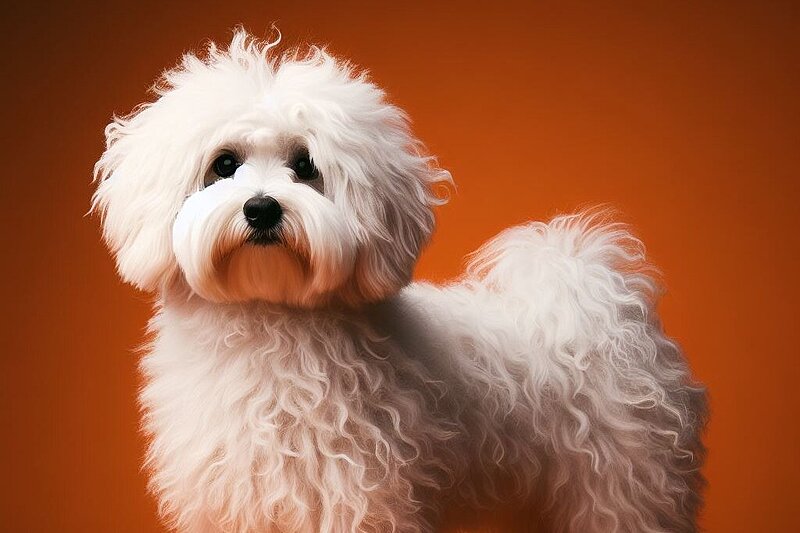The Charming Havanese: A Small Companion with a Great History
Origin and history of the Havanese
The Havanese has a fascinating history dating back to the 16th century. The breed originally comes from the Mediterranean region and was brought to Cuba by Spanish colonists. There, the Havanese developed further and became the favorite of the Cuban aristocracy. Its name is derived from the Cuban capital Havana. The Havanese is part of the Bichon family and has common ancestors with the Maltese and the Bichon Frisé.
Who is the Havanese suitable for?
The Havanese is an excellent family dog and is particularly suitable for people who want to spend a lot of time with their dog. It is adaptable, which makes it suitable for life in the city as well as in the countryside. Thanks to its small size, it is ideal for apartments. Its friendly and playful nature also makes it a wonderful companion for children.
Character of the Havanese
The Havanese is known for its cheerful and lively nature. It is extremely affectionate and loves to spend time with its family. This breed is intelligent and eager to learn, which makes training easier. The Havanese is also very social and gets on well with other dogs and pets.
Appearance of the Havanese
The Havanese is a small, compact dog with a shoulder height of around 23 to 27 cm and a weight of 4 to 7 kg. Its coat is long, soft and silky, often slightly wavy or curly. The Havanese comes in a variety of colors, including white, cream, gold, black, silver and chocolate. Its large, dark eyes and expressive facial expressions give it a particularly charming look.
Grooming the Havanese
Grooming the Havanese requires regular attention, especially its long coat, which should be brushed daily to avoid matting. Regular baths are also important to keep the coat clean and healthy. It is also important to keep the ears clean and dry to prevent infections. Teeth should be brushed regularly and claws should be clipped when necessary.
Health of the Havanese
The Havanese is generally a robust and healthy breed. However, they are prone to some genetic health problems such as cataracts, patellar luxation and heart problems. Regular visits to the vet and a balanced diet are important to maintain the Havanese's health.
Activity requirements of the Havanese
The Havanese requires moderate exercise, but is not a high-energy dog. Daily walks and playtime are enough to keep him happy and healthy. Thanks to its adaptability, it is suitable for both active families and people who prefer a quieter life.
Training the Havanese
The Havanese is intelligent and easy to train. Positive reinforcement and rewards are the best ways to train this dog. He loves to learn new tricks and participate in various activities. Early socialization is important to ensure that the Havanese is good with different people and situations.
Behavior of the Havanese
The Havanese is an extremely affectionate and playful dog. It enjoys the company of children and other pets and rarely shows aggressive behavior. Its friendly and outgoing nature makes it an excellent family dog. He is also a good watchdog as he is alert and will alert his family when necessary.
Recognition by the FCI
The Havanese is recognized by the Fédération Cynologique Internationale (FCI) and belongs to Group 9: Companion and companion dogs. This recognition confirms the Havanese as an established and respected breed in the dog world.
